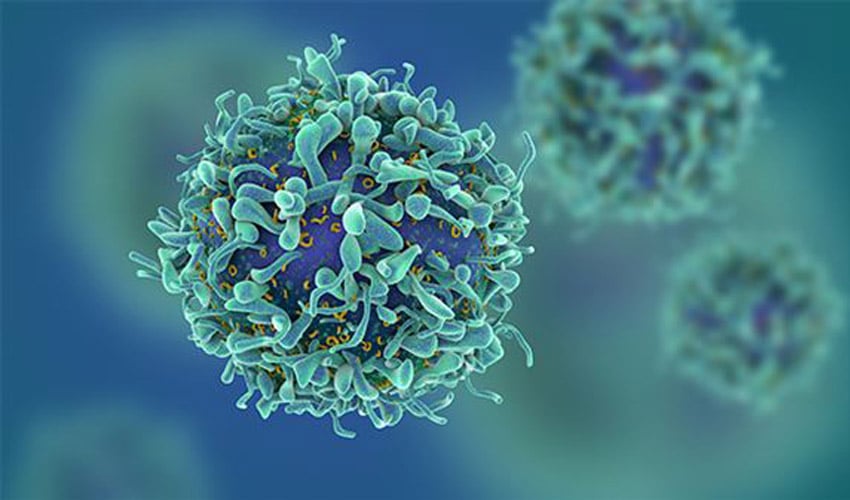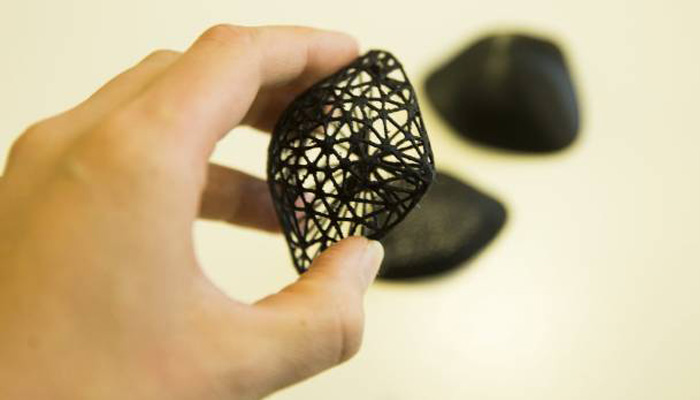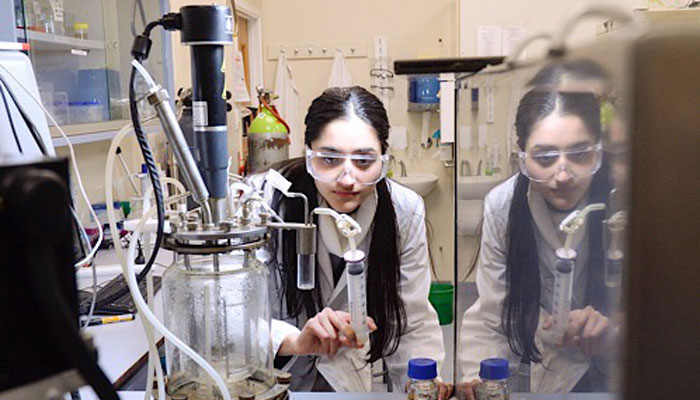Can bio-printing tumour cells, become a treatment against cancer?

A student from the University of Waikato in New Zealand, Shalini Guleria, is now seeking to identify the best treatment for all breast cancer patients. She turned to bio-printing to 3D print tumour cells. It would be possible to collect cells in a patient, to grow a tumour and see what treatments would work best in a laboratory. Making bio-printing tumour cells part of the future of cancer treatment.
While 3D technologies are increasingly sought after by the medical sector. This student has focused on bio-printing to reduce painful and especially long-lasting cancer treatments, such as chemotherapy and radiation therapy. She realised that this method offered interesting alternatives. This allowing the printing of cellular structures that could be used to test cancerous tumours. Prior to these tests, Guleria explains that she has 3D printed several tumour models in plastic. Thus, testing and ensuring correct designs for the bio-print. Moving forward she will then replace the plastic in the 3D print with commercially available cancer cells. There after print out the mesh, and further observe how the cancer grows to fill out a palm sized tumour.

Photo credits: Christel Yardley
In the future what could happen is if someone has breast cancer, we could take their tumour cells and print out a tumour and try out different drugs on it and see which treatments work and what works best for the patient. It’s all about making treatment more patient specific.
explains Guleria.
Bio-printing of a full-size tumour
The 3D printed models fit in the palm of the hand and will serve as a basis for bio-printed structures. When Guleria replaces plastic with cancer cells, hydrogel and additional binders; it will become a life-size tumour. The student plans to observe the speed of development of the tumour mesh in a 3D model compared to a 2D model.
“Currently the easiest way to do pharmaceutical tests on cancer cells is using 2D models which is basically a petri dish where the cells stick to the bottom of the dish and you analyse them. But humans are three dimensional and 2D doesn’t really present an actual human tumour,” Guleria said and continues “Once the tumour is printed we will be able to slice it and look into the depths of the cell. You can look at how the tissues are growing, the fibres connecting and the cell organelles – the things that make the cell grow – how they differ to the 2D model.“

3D models of the tumor
Guleria also plans to use cisplatin, a chemotherapy drug for breast cancer, on bio-printed tumours to observe its reactions. This kind of experiment could potentially reduce the doses, duration of treatment and trauma experienced by a cancer patient.

Guleria in the university laboratory
What do you think of the method developed of bio-printing tumour cells by this student? Let us know in a comment below or on our Facebook and Twitter pages! And remember to sign up for our free weekly Newsletter, to get all the latest news on progress, research and more entrepreneurs in 3D printing send straight to your inbox!







